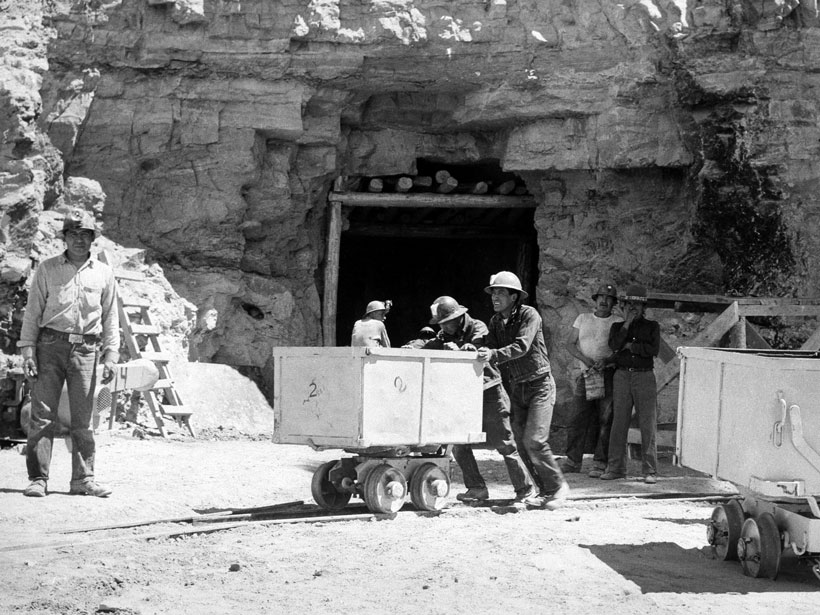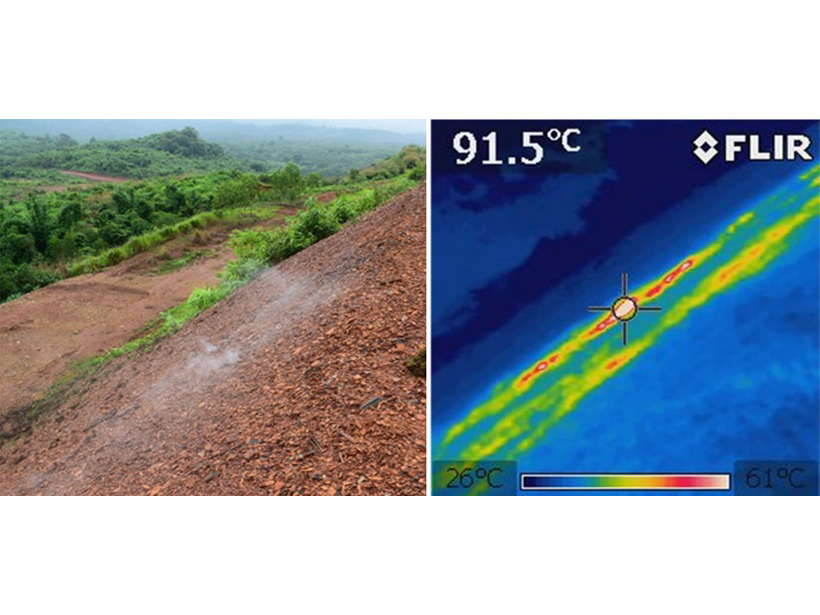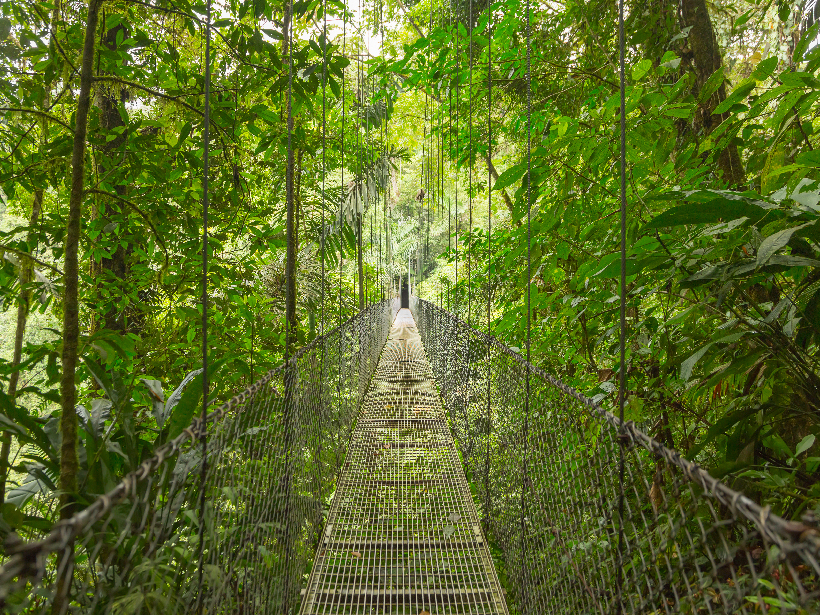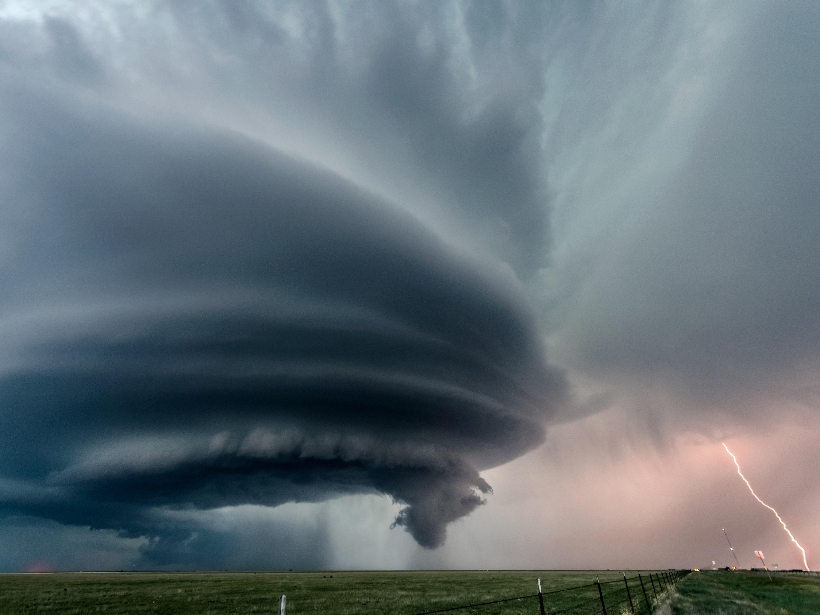Fine particulate matter from dust storms can exacerbate respiratory diseases, and now scientists have shown that critical care hospital visits spike during and after such events.
geohealth
Arsenic Pollution in Bangladesh is Catching Up with Deeper Wells
Inhabitants of Bangladesh have deepened drinking water wells to avoid extracting arsenic-rich groundwater from shallow aquifers, but these may not be free from pollution either.
Thinking Zinc: Mitigating Uranium Exposure on Navajo Land
An innovative clinical trial uses “two-way participation” between Navajo and medical communities to study the impact of zinc on mitigating health effects associated with uranium mining.
Citizen Science Reduces Risks from Combusting Coal-Mine Wastes
A community-based citizen science study on spontaneously combusting coal-mine waste heaps in Myanmar underpins the development of risk management plans to protect individuals and communities.
Exploring the Impacts of Mining on Planetary Health
Papers are invited for a special collection presenting advances in understanding of the impacts of mining on human, ecosystem, and Earth surface environmental health.
Six Ways Satellites Tracked COVID-19
A new database reveals dimmer cities, empty farming fields, and vacant ports.
A Whole World View
Scientists are dedicated to understanding the complexities of the Earth’s carbon cycle—and how our actions can throw it off.
What It’s Like to Social Distance at Sea
A skeleton crew braves the first research cruise since the pandemic began.
La Contaminación del Aire Puede Empeorar la Tasa de Mortalidad por COVID-19
Científicos descubren que condados altamente contaminados en los Estados Unidos tendrán una tasa de mortalidad por COVID19 4.5 veces más grande que aquellos condados similares.
Lightning Research Flashes Forward
A greater understanding of lightning mechanisms is spurring the development of more accurate weather forecasting, increased public health precautions, and a more sophisticated understanding of lightning itself.










